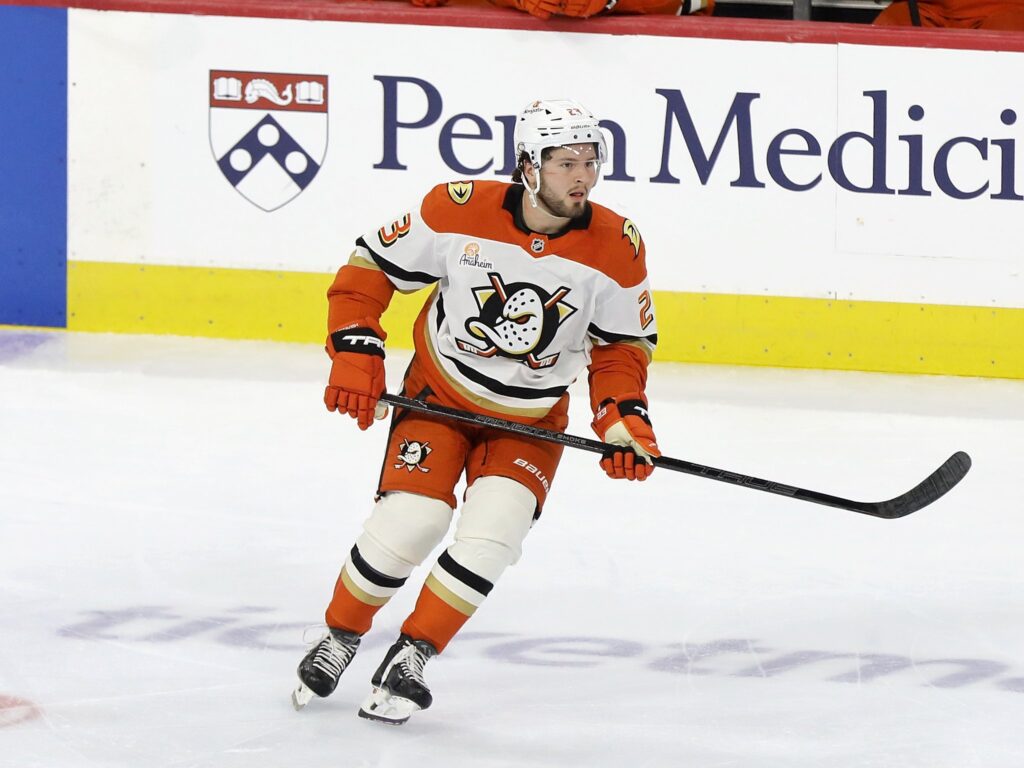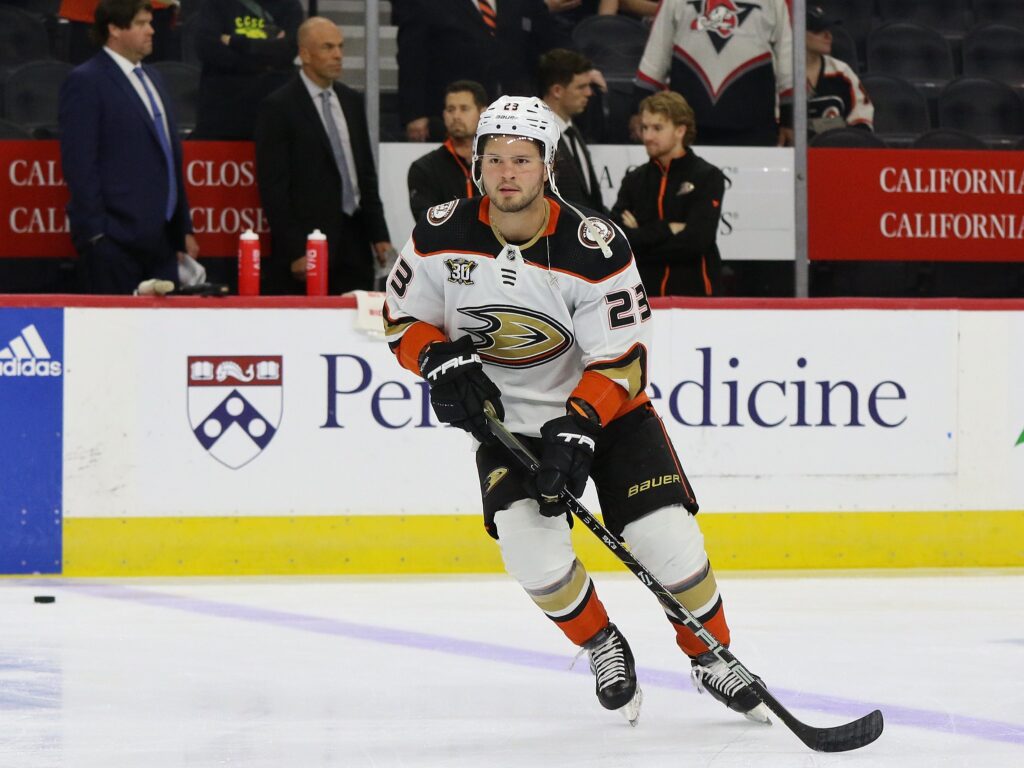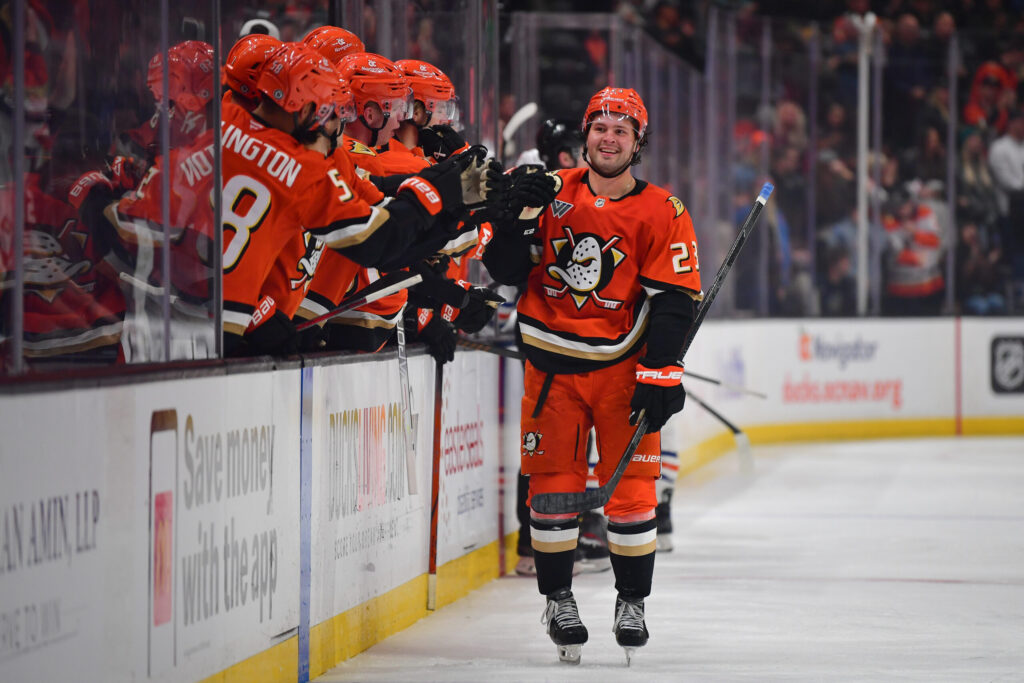Another summer in the NHL, another contract dispute threatening to reshape a franchise. This time, the drama is unfolding in sunny Anaheim, where 22-year-old center Mason McTavish, a restricted free agent, remains unsigned. This isn’t just a simple negotiation; it’s a philosophical clash between a player who knows his worth and a general manager with a well-documented, rigid approach to second contracts. As training camps loom, the question is no longer if Mason McTavish will sign, but which jersey he’ll be wearing when he does.
A Bridge Too Far: Verbeek’s Philosophy vs. McTavish’s Value
At the heart of this impasse is a fundamental disagreement on contract structure. Ducks General Manager Pat Verbeek is a staunch believer in the “bridge deal”—shorter, two-to-three-year contracts for young players coming off their entry-level deals. It’s a strategy designed to manage risk and maintain future cap flexibility. We’ve seen this movie before in Anaheim. Both Trevor Zegras and Jamie Drysdale were signed to similar bridge deals, and both were eventually traded. The precedent is clear: Verbeek is not afraid to move core pieces who don’t fit his long-term financial vision.
McTavish and his camp, however, are looking for security and a payday that reflects his production. Reports indicate he’s seeking a long-term pact with an Annual Average Value (AAV) north of $7 million. The recent signing of veteran center Mikael Granlund to a $7 million AAV deal by the Ducks themselves serves as a clear benchmark. In McTavish’s view, if a 33-year-old Granlund is worth that, then a 22-year-old center entering his prime certainly is.

While the Ducks maintain they don’t want to trade their burgeoning power forward, the approaching “pressure point” of training camp is forcing their hand. Sources say Verbeek isn’t actively shopping McTavish, but he is “listening to calls.” In the world of NHL front offices, that’s a clear signal that a player is available for the right price.
The Asset: A Top-Six Center in His Prime
So, what makes Mason McTavish such a coveted piece? It’s simple: players like him are rarely available. In three full NHL seasons, he has surpassed the 40-point mark each year, culminating in a career-best 22 goals and 52 points in 76 games last season (2024-25). His ice time has steadily increased, averaging 16:53 per game.
But his value isn’t purely on the scoresheet. McTavish plays a hard-nosed, physical game. He battles in the corners, drives the net, and brings a leadership quality that can’t be quantified by analytics. This is the same player who wore the ‘C’ for Team Canada at the 2022 World Juniors, leading them to a gold medal with a flair for the dramatic. He’s a winner and a warrior, the exact type of player GMs covet for the grind of an 82-game season and the Stanley Cup Playoffs.

The irony, of course, is that the Ducks haven’t sniffed the playoffs in seven years. Despite McTavish’s individual success, the team has languished in a perpetual rebuild. This leads to the central question of the Ducks’ strategy: why would a rebuilding team consider moving a 22-year-old cornerstone? The answer lies in their prospect pipeline and Verbeek’s vision for the team’s spine. With Leo Carlsson penciled in as the long-term number-one center and Granlund providing a veteran presence in the number-two slot, perhaps Verbeek views McTavish as a valuable, but ultimately redundant, piece. Add in 2025 10th-overall pick Roger McQueen developing in the system, and you can see the logic, however cold, in turning a position of strength into an asset that can address a weakness, particularly on the blue line.
The Suitors: A League of Interested Parties
With Verbeek’s phone line open, nearly every team in need of a top-six center has been linked to McTavish. Here’s a look at the most likely landing spots and what a potential deal could look like.
Detroit Red Wings: The connection here is obvious. Pat Verbeek is a disciple of Steve Yzerman, having worked under him in both Tampa Bay and Detroit. The Red Wings are desperate to end a long playoff drought and need a legitimate second-line center to slot in behind Dylan Larkin. A return package would likely need to be centered around a blue-chip defensive prospect. The name most often mentioned is Axel Sandin Pellikka, a coveted right-shot defenseman taken 17th overall in 2023. While some in the Wings organization view him as untouchable, acquiring a proven young center like McTavish might be worth the cost.
Montreal Canadiens: The Habs have been aggressive this offseason and are still searching for a solution at second-line center, especially with the uncertainty surrounding Kirby Dach’s health. McTavish’s age (22) aligns perfectly with Montreal’s young core of Nick Suzuki (26), Cole Caufield (24), and Juraj Slafkovsky (21). The Canadiens have the assets, most notably 2023 5th-overall pick David Reinbacher. A potential top-four, right-shot defenseman like Reinbacher would be exactly what the Ducks need, making a Montreal-Anaheim swap logical for both sides.
Philadelphia Flyers: Don’t discount the Flyers. GM Danny Brière and Pat Verbeek have a well-established trade history, having recently swapped Jamie Drysdale for Cutter Gauthier and Trevor Zegras for a pair of draft picks and Ryan Poehling. The rebuilding Flyers are thin down the middle, and McTavish could instantly become their number-one center, allowing the aging Sean Couturier to slide into a more suitable third-line role.
Calgary Flames: The Flames are in a “retooling” phase and are actively seeking a young, NHL-ready center with top-line potential. They have a prime trade chip in defenseman Rasmus Andersson, who is in the final year of his contract and widely expected to be moved. A package built around Andersson, perhaps with an added draft pick or prospect, could be appealing to Anaheim. For Andersson, the prospect of joining an up-and-coming team with a Cup-winning coach and ample cap space could make Anaheim an attractive long-term destination.
The Dark Horses (Carolina, Vancouver): Never count out the Carolina Hurricanes, who are always looking to add talent and have the cap space and assets to make a significant move. They need a 2C to play behind Sebastian Aho, and McTavish would provide a much-needed offensive boost. The Vancouver Canucks could also enter the fray, hoping to solidify their center depth by acquiring McTavish and moving Filip Chytil down the lineup. The Canucks would need to clear cap space to accommodate a long-term extension for McTavish, but they have the pieces to make it work.
The Final Showdown
As the days of August dwindle, the pressure mounts. Mason McTavish remains a Duck, but for how long? Pat Verbeek has drawn his line in the sand, holding firm to his team-building principles. Meanwhile, a young star is looking for a commitment his current team seems unwilling to make. Something has to give. Whether it’s a last-minute contract agreement or a blockbuster trade, a resolution is coming. And when it does, it will not only define the future of the Anaheim Ducks but could also alter the competitive landscape of the entire NHL.
Created with the aid of Gemini AI
